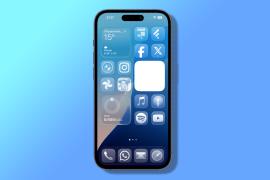Apple’s biggest-ever mistakes – remember these?
Apple is a technology company known for its innovative products, such as iPhones, iPads, MacBooks, etc. With its unparalleled commitment to cutting-edge technology, Apple has become a household name and a leader in the tech industry. Nonetheless, even the most successful companies experience their fair share of missteps.
In this blog post, we delve into the top 10 blunders made by Apple throughout its history, highlighting the lessons learned from each incident. We will explore each mistake in detail, analyzing what went wrong and how Apple responded to it.
So, whether you’re an Apple enthusiast or just curious about the tech giant’s past, this post is for you.
Antenna-gate with the iPhone 4
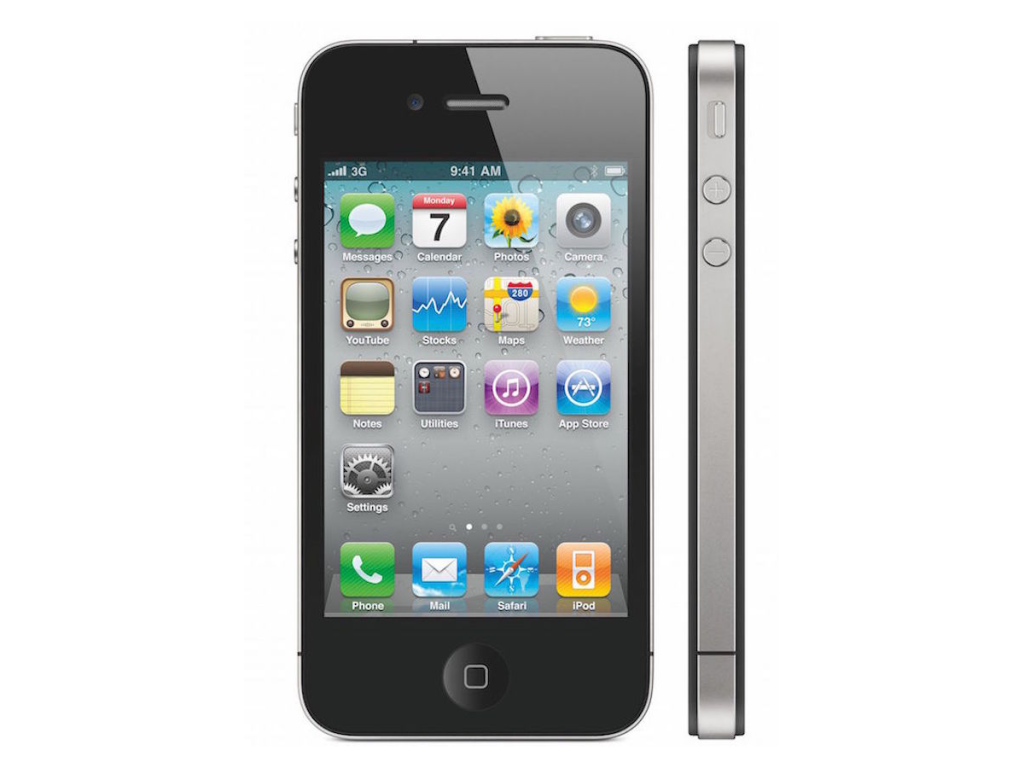
The iPhone 4, released in 2010, was a highly anticipated device that boasted a sleek and modern design. However, users started reporting a significant issue with the phone’s antenna placement soon after its launch. Holding the phone in a certain way caused a loss of signal strength, leading to dropped calls and poor network connectivity. This issue became widely known as the “Antennagate” scandal, which created negative publicity for Apple.
Despite Apple’s attempts to downplay the issue, the damage to the company’s reputation was already done. Eventually, Apple offered free cases to all iPhone 4 users to address the problem. Still, the incident became a cautionary tale for the tech giant and a lesson for other manufacturers to pay close attention to the design and functionality of their products.
When Apple revealed the iPhone 4s a year later, its antenna system was significantly improved over the one on the iPhone 4. And there were no free cases this time around.
The ‘butterfly’ keyboard controversy

Apple introduced the butterfly keyboard mechanism in 2015 to make its laptops thinner and more advanced. However, the mechanism was highly unreliable, with keys getting stuck or becoming unresponsive, leading to many customer complaints. Apple initially tried to address the issue with a keyboard service program, but the problem persisted, and customers continued to face issues with their keyboards.
Apple was forced to take action as the complaints continued to pile up. In 2019, the company finally acknowledged the issue and announced that it would be reverting to the previous scissor-style keyboard mechanism, which had proven more reliable. The company also apologized to its customers for the inconvenience caused and promised to improve the quality of its products.
The change to the scissor-style keyboard mechanism was significant for Apple, meaning the company would have to redesign its laptops. However, the move was welcomed by customers, who were happy to see the company take their feedback seriously. The new keyboard mechanism was introduced in the 16-inch MacBook Pro in late 2019 and has since been used in all new MacBook models.
The disastrous Apple Maps launch

When Apple decided to replace Google Maps with their own Apple Maps in iOS 6, it unfortunately proved disastrous. The new maps were plagued with errors and inaccuracies, and crucial information was missing, which caused major problems for users. This misstep dealt a significant blow to Apple’s reputation, and they were forced to apologize and suggest that their customers use competitor apps instead until they could make the necessary improvements.
Although Google Maps arguably remains the leader today, Apple Maps is a slick and innovative product with millions of users.
The G4 Cube flop

In 2000, Apple introduced the G4 Cube, a sleek and stylish desktop computer designed to be compact and elegant. The G4 Cube was marketed as a premium computer with a price tag to match. It was aimed at professionals and consumers looking for a powerful computer to handle demanding tasks such as graphic design and video editing.
Despite its impressive design and promising features, the G4 Cube faced several challenges. One of the main issues was its high price, which put it out of reach for many potential buyers. Additionally, the computer’s limited upgradability made it difficult for users to keep up with new technology and software updates.
Another major issue with the G4 Cube was its performance. Many users reported that the computer was slow and had trouble running specific applications. This was especially true for tasks requiring much processing power, such as video editing and 3D rendering.
As a result of these challenges, the G4 Cube failed to gain traction in the market. Despite Apple’s best efforts to promote the computer, sales were disappointing. The G4 Cube is often cited as one of Apple’s biggest failures, and it was discontinued after just a year on the market.
The underwhelming launch of the Macintosh TV
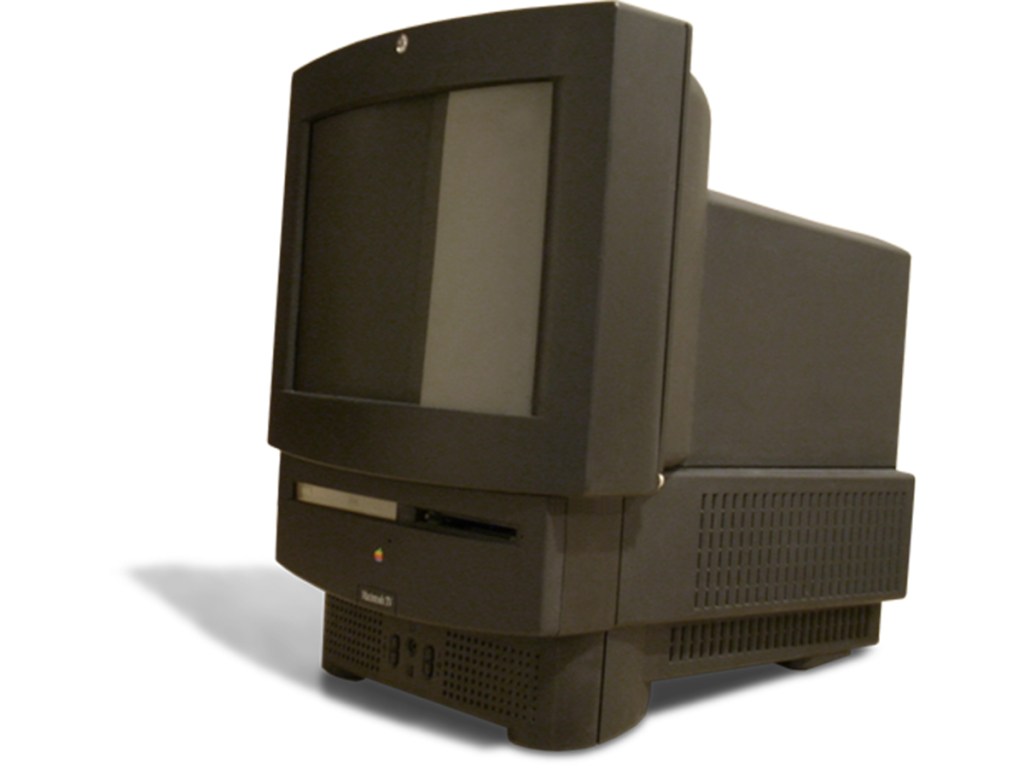
In the early 90s, combining a television and a computer was a revolutionary concept. Apple saw an opportunity in this market and released the Macintosh TV in 1993. The device was aimed at the home entertainment market, allowing users to both watch TV shows and use their computer with the same device. However, despite the excitement and hype surrounding the release of the Macintosh TV, it quickly proved to be a commercial failure.
One of the main reasons behind the failure of the Macintosh TV was its severe limitations in terms of functionality. The device had a small screen, and connecting it to an external monitor was impossible. Moreover, the device could not record TV programs, a significant drawback for users who wanted to watch their favorite shows later. The device also had limited storage capacity, making storing many files or media challenging.
Another significant issue with the Macintosh TV was its high price. Apple had priced the device at $2,099, which was far too high for the market. Consumers were unwilling to pay such a high price for a device that was limited in functionality and didn’t offer any significant advantage over the existing products in the market.
As a result of these issues, the Macintosh TV failed to impress consumers, and sales were poor. Apple quickly realized that they had made a mistake and discontinued the product.
The iPod Hi-Fi disappointment
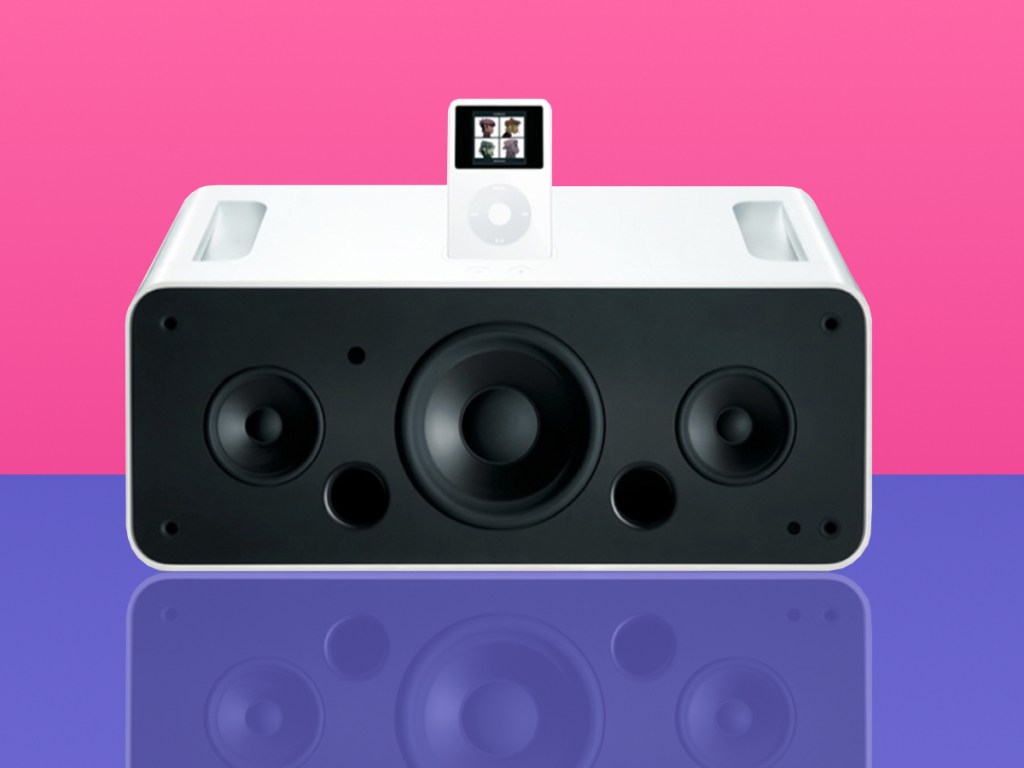
In 2006, Apple attempted to diversify its product line by releasing the iPod Hi-Fi, a high-end speaker system designed to complement its flagship iPod music player. The speaker system was marketed as a premium product, boasting advanced features such as integrated docking for the iPod and a sleek, modern design. However, despite positive reviews from audio critics, the product failed to gain traction in the market.
There were a few reasons for this. First, the iPod Hi-Fi was priced at a premium, far above what consumers would pay for a speaker system. At the time, the market was already saturated with cheaper, more accessible audio options, which made it difficult for Apple to compete. Additionally, the iPod Hi-Fi’s features were not innovative or unique, making it hard for the product to stand out in a crowded market.
As a result, the iPod Hi-Fi struggled to gain traction in the market, and sales were far below what Apple had hoped for. Ultimately, the product was discontinued after less than a year on the market, signaling a rare misstep for the company that had become known for its innovative and successful product launches.
The failed partnership with Motorola ROKR

Of all the Apple blunders, perhaps the ROKR E1 is the one least remembered. Before the iPhone came into the market, Apple collaborated with Motorola to create the ROKR E1, the first mobile phone with iTunes integration. The phone was launched in 2005, and while it was a significant step forward for mobile music, it was not without flaws.
The ROKR E1 had a small song capacity of only 100 songs, which was a significant limitation considering the popularity of the iPod at the time. The phone also had a lackluster user experience, with clunky software and slow response times. The phone’s interface was also not as user-friendly as one would expect from an Apple product.
Despite these limitations, the ROKR was still a significant step forward in mobile music integration. However, it failed to gain traction in the market and was seen as a disappointment. It was not until the launch of the iPhone two years later that Apple was able to revolutionize the mobile phone industry with its intuitive design, user-friendly interface, and seamless integration with iTunes and the App Store.
The “Hockey Puck” mouse blunder

In 1998, Apple released the iMac G3, a peculiarly designed mouse that quickly became infamous for its lack of comfort and functionality. The circular shape of the mouse, colloquially referred to as the “Hockey Puck,” was a radical departure from the traditional rectangular shape of computer mice. However, this design choice proved a misstep for Apple, as consumers found it awkward to use.
The Hockey Puck mouse was criticized for its small size and lack of ergonomics. Users reported that it was difficult to grip, and the circular shape made it prone to slipping out of their hands. Additionally, the mouse only had one button, which limited its functionality and made it frustrating for users to navigate their computers.
Although Apple was known for pushing the boundaries of design, the Hockey Puck mouse was a rare miss for the company. It did not take long for Apple to realize the error of its ways and abandon the design in favor of a more traditional mouse.
The “MobileMe” service debacle
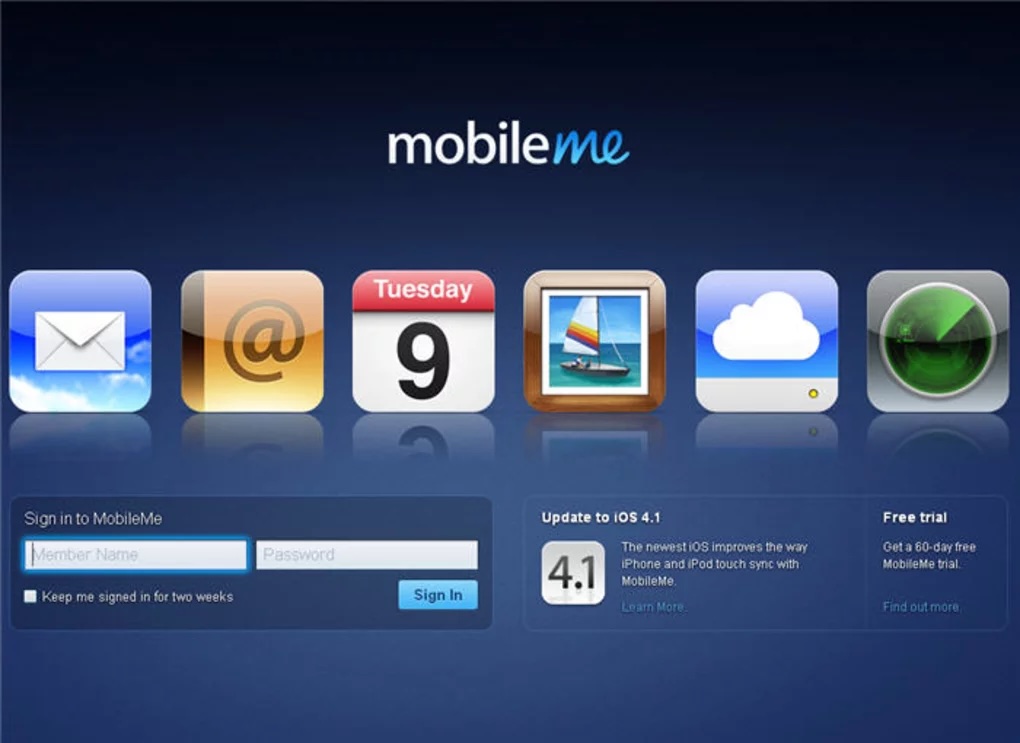
In 2008, Apple introduced a new cloud-based service called MobileMe, designed to help users sync their data across multiple devices, including Mac computers, iPhones, and iPads. However, the launch of MobileMe was plagued with numerous issues and glitches that made it a frustrating experience for many users.
One of the biggest problems with MobileMe was frequent downtime, which resulted in users being unable to access their data or use the service. It was incredibly frustrating for those relying on MobileMe to keep their data in sync across different devices.
In addition to downtime, MobileMe also suffered from syncing problems, meaning that changes made on one device were not always reflected on others. This confused many users and made it difficult to trust the service.
Another issue with MobileMe was slow performance, which made it frustrating to use daily. Users reported that the service was sluggish and unresponsive, which made it difficult to get work done efficiently.
As a result of these issues, Apple received heavy criticism for the mishandled launch of MobileMe. The company eventually replaced it with a new service called iCloud, which addressed many issues that had plagued MobileMe.
The “Trashcan” Mac Pro misstep

The Mac Pro (2013), the final Apple blunder on the list, was a highly anticipated release from Apple, marketed towards professionals in the creative industry. However, upon its launch, the device received mixed reviews due to its peculiar cylindrical design and limited upgradability. Many professionals criticized its lack of expandability and the need for external peripherals to accommodate professional-grade workflows.
Despite its powerful performance capabilities, the Mac Pro’s unique design made upgrading internal components, such as the graphics card and memory, challenging. This was a significant drawback for professionals who needed the flexibility to upgrade their hardware as their workflow demands changed. Additionally, the device’s design made it challenging to keep up with the thermal demands of high-performance workloads, which could lead to overheating and potential performance issues.
As a result, many professionals were disappointed with the Mac Pro (2013), and some even opted to switch to alternative devices or build their custom workstations.
Apple later admitted its mistake and introduced a redesigned Mac Pro. The new version of the Mac Pro addressed many of the concerns raised by professionals. It featured a modular design, allowing easy upgrades and customization and improved thermal management.
Even giants like Apple are not immune to blunders—the top 10 mistakes above showcase Apple’s ability to learn from missteps and pivot towards better decisions. As a leading tech company, Apple’s success lies in its groundbreaking innovations and willingness to acknowledge and rectify its mistakes. These blunders are valuable lessons, highlighting the importance of continuous improvement and customer satisfaction in the ever-evolving tech landscape.


